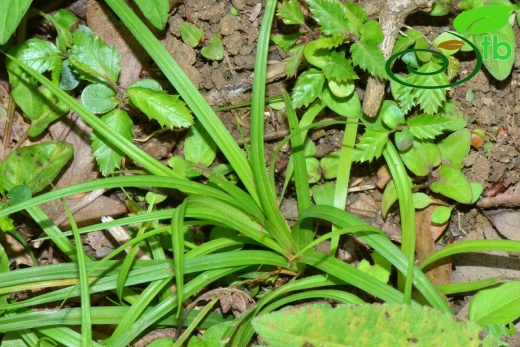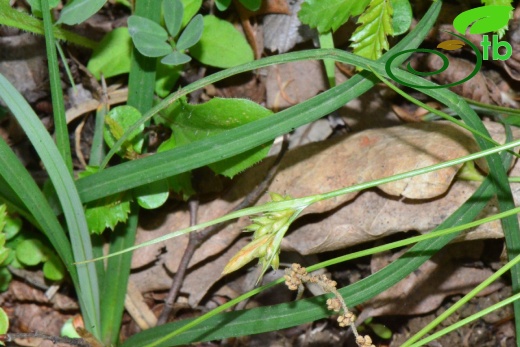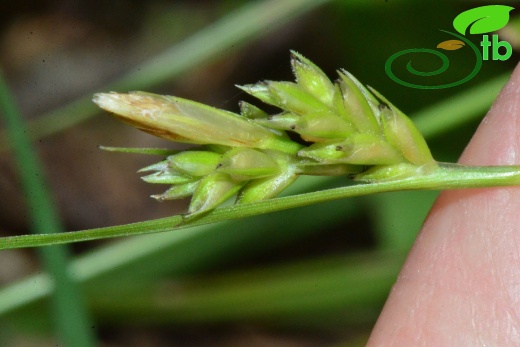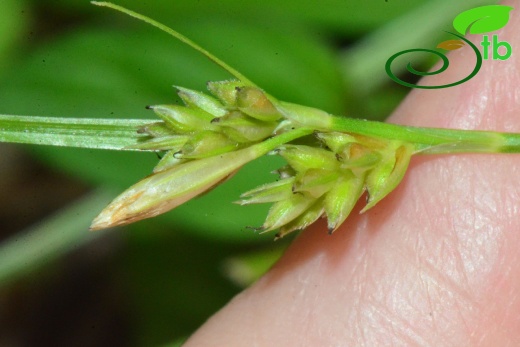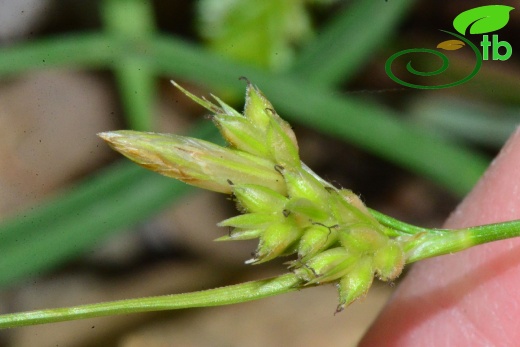Carex depressa
Carex depressa
Subsp. transsilvanica: Yassı ayakotu
Caespitose, with short rhizomes. Stems 7-30 cm, bluntly trigonous, slender, almost smooth; basal sheaths brown, becoming fibrous. Leaves 1.5-3.5 mm broad, shorter than stems, flat with margins often revolute, soft, scabrid, pale green. Male spike 0.5-1 cm, Female spikes 2-4, oblong-ovoid, 0.8-1.9 cm, dense, upper 2-3 rather approximate, subsessile, near male spike; lowest bract ± leaf-like, c. equalling or sometimes longer than inflorescence, with sheath to 0.5 em; lowest 1 spikes arising from base of stem on long slender peduncles to 15 cm . Female glumes obovate, c. as long as utricles, acute, mucronate with scabrid point, ±keeled, reddish-brown to pale greenish-hyaline with broad green mid-vein. Utricles pale greenish-brown, subpyriform with often distinct 'waist', 2.8-3.5 mm, roundish-trigonous, stipitate, thin-walled, many-veined, puberulent at least above, hairs ± adpressed; apex gradually narrowed into very short to almost obscure, conical, whitish, hairy, somewhat emarginate beak to 0.3 mm with rather wide orifice. Open forests, grassland and slopes, streamsides, 400-2300 m.
S.W. Europe, Carpathians, Balkans, Crimea, Caucasus, N. Iran. Euro-Sib. element.


